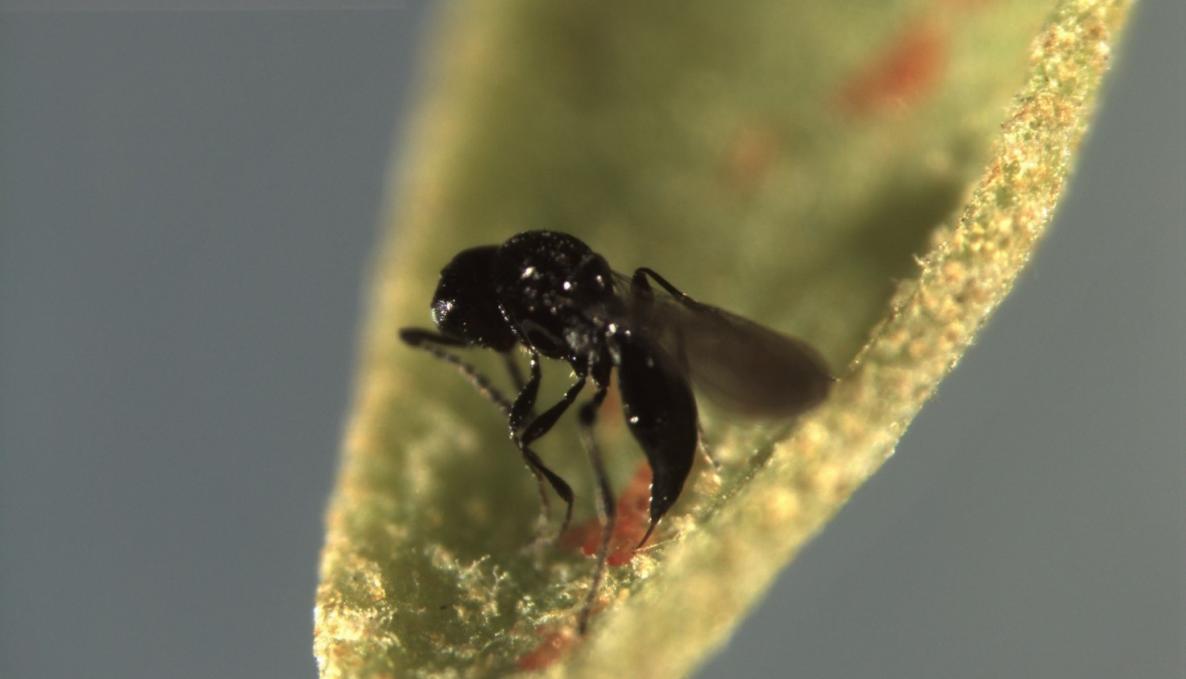The role of parasitoids in pest control. Entomologists of Sant’Anna School Institute of Life Sciences detected new parasitoids of Dasineura oleae as controlling factors of Cecidomyiidae family

Since 2016, researchers Ruggero Petacchi and Elena Tondini have investigated the gall midges Dasineura oleae (D. oleae) outbreak in Tuscany. They detected three new species as parasitoids of D. oleae: Platygaster demades Walker, Platygaster oleae Szelenyi (Hymenoptera Platygastridae) and Mesopolobus aspilus (Walker) (Hymenoptera Pteromalidae). Population levels of D. oleae gall midges on olive leaves were significantly reduced by species of parasitic Hymenoptera (winged insects such as bees, wasps, hornets, and yellowjackets) belonging to the Cecidomyiidae family that played a major role in the outbreak ceasing. Hymenoptera are proved very efficient in biological control of gall midges as the main natural controlling factors for phytophagous insects.
Although natural selection and the stability - diversity relationship have been major topics of debate, entomologists carried out their research to mitigate Cecidomyiidae infestations of olive leaves in Tuscany. As massive attacks of galling insects may cause severe damage, Petacchi and Tondini observed that four parasitoids, three of which were previously unknown in Italy, show considerable utility in pest control and seem able to keep D. oleae populations stable. They assessed the overall parasitization rate on early-mid larvae and identified parasitoids on second and third instar larvae of D. oleae.
The infestation of D. oleae has raised concerns among olive oil producers. The goal of the study published in the Bulletin of Insectology journal was to evaluate the extent of the outbreak area and estimate the pest status in selected orchards.
PhD Student Elena Tondini, as the co-author, said: “Research conducted in 2017 and 2018 highlights that this rate of parasitism could be enough to stabilize D. oleae populations and minimize the outbreak. Results suggest an association between the deficiency of parasitoids and this pest due to factors such as different effects of climate changes on host and parasitoids”.
Increased pest attacks suggest that the current outbreak of this pest is still ongoing. Further investigations of the infestation variation in sites identifying the defensive traits expressed by plants to limit phytophagous species damage are crucial to exploit plant defensive traits in olives cultivars in Tuscany.
Cover photo: Egg parasitoid wasps as natural enemies of D. oleae gall midges



